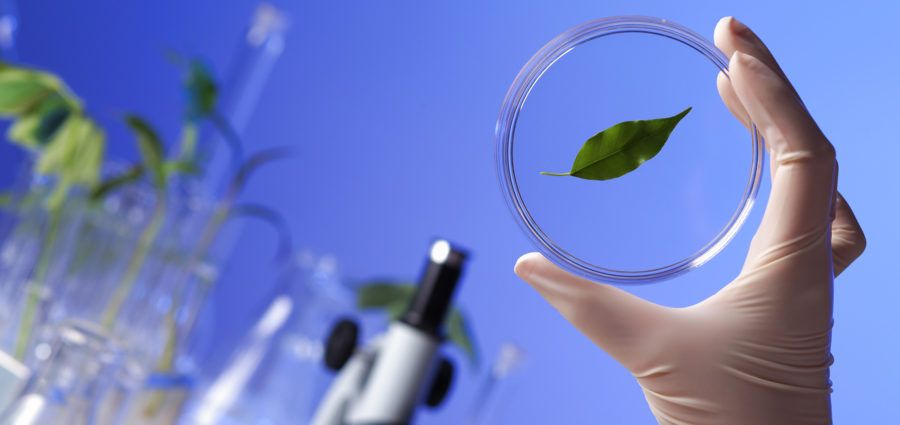
Science in the Glorious Quran: BIOLOGY
Before the advent of Islam, Arabia was culturally isolated and economically underdeveloped region. Most of the land was and still is arid desert; rainfall was scarce; vegetation scant and very little of the land was suitable for agriculture.
The Prophet (PBUH) was born approximately in 570 CE. He was raised in Makah, where the greatest intellectual accomplishment of the Arabs and their greatest pride was their poetry. Science then was not of any interest to them. When The Prophet (PBUH) was a boy he worked as a shepherd, like most prophets and when he was a youth he was a merchant. He did not attend schools and, therefore, he was illiterate. At the age of 40, the Qur’an was revealed to him bit by bit over two decades, during which he had to migrate to Medina; another city in the Arabian desert.
Biological sciences were not addressed until the 18th and 19th centuries. Botany and zoology became professional scientific disciplines and the unknown world of microorganisms was discovered after the invention of the microscope. Therefore, the use of experimentation and careful observation in physiology, and the classification and the behavior of organisms and the interaction between organisms and their environment, were not known until after the 8th century. Consequently, by no means the Prophet Muhammad (PBUH) had any access to the biological sciences touched by the Glorious Qur’an through his society or the nearby Roman or Persian civilizations.
On the other hand, there is no way for the Qur’an to have been copied from the Bible as some people claim. This is simply because unlike the Qur’an, the Bible, we have today, contradicts with the scientific biological facts. For instance, the Bible classifies bats which are mammals as fowls. It claims that flying insects walk on four legs, and rabbits are regurgitating animals, all of which is obviously scientifically incorrect.
“You shall detest among the birds… the eagle and the vulture … and the bat” (Leviticus, 11: 13-19).
“Yet among the winged insects that go on all fours, you may eat those that have jointed legs above their feet, with which to hop on the ground” (Leviticus 11:21).
“And the hare, because it chews the cud” (Leviticus 11:6).
On the other hand, dragons are described as fire breathing animals which is biologically impossible. Therefore, in some recent translations, there have been trials to substitute them with real animals like serpents and crocodiles.
“Flames stream from its mouth; sparks of fire shoot out. Smoke pours from its nostrils as from a boiling pot over burning reeds. Its breath sets coals ablaze, and flames dart from its mouth” (Job, 41:19-21).
In this chapter, we will discover that the Qur’an, revealed to the prophet Muhammad (PBUH) more than fourteen centuries ago, covers wide and diverse biological subjects related to plants, animals, and humans, which were not known, addressed or discovered until the 18th century. Interestingly some of these biological subjects like animal behavior and plant ecology are teaching subjects in day’s Universities.
We will read about diverse biological subjects, which deal with the perfection of God’s creation and hence, negate the possibility for life to emerge from nothing or through chemical evolution. We will also review scientific facts about the diversity of living organisms; plant ecology, seed germination, grains’ anatomy and animal behavior.
You will find in the numerous accurate and diverse scientific biological phenomena mentioned in this chapter evidence that the Qur’an must have been revealed to Muhammad (PBUH) from God.
“وَقُلِ الْحَمْدُ لِلَّهِ سَيُرِيكُمْ آيَاتِهِ فَتَعْرِفُونَهَا ۚ وَمَا رَبُّكَ بِغَافِلٍ عَمَّا تَعْمَلُونَ” (النمل:93.(
And say, “Praise belongs to God; He will show you His signs, and you will recognize them. Your Lord is not heedless of what you do.” (Qur’an, 27: 93).

